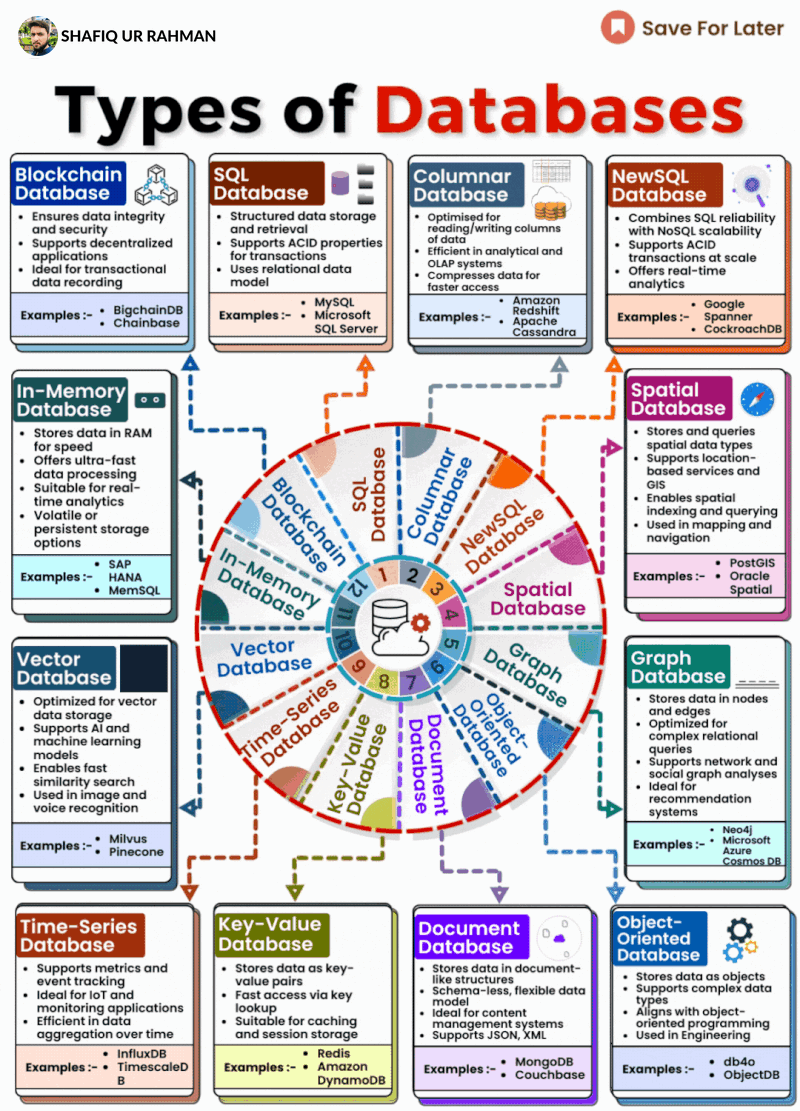In his compelling book, " The Technology Trap: Capital, Labor, and Power in the Age of Automation ," Carl Benedikt Frey offers a sweeping examination of the historical and ongoing impact of mechanization and automation on society. Starting with the onset of the first Industrial Revolution, Frey deftly navigates through the evolution of technology up to the modern age of artificial intelligence, presenting a nuanced view of how technological innovations have reshaped labor markets and power dynamics. Frey categorizes technological innovations into two types: enabling technologies, like the typewriter, which enhance worker productivity without displacing the labor force, and replacing technologies, such as robotic machinery in factories, which eliminate certain job roles altogether. This distinction forms the backbone of Frey’s analysis, as he explores the varying implications of each type of technology on different segments of the workforce. The book traces a historical patter...



